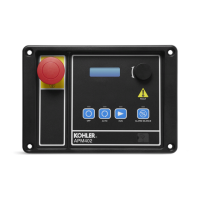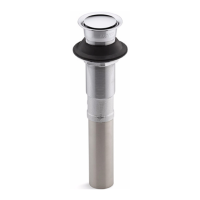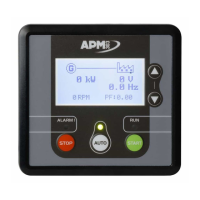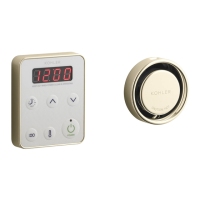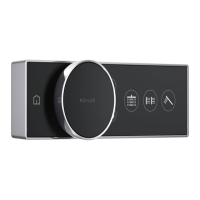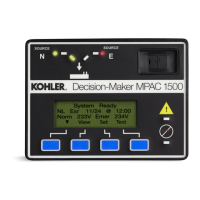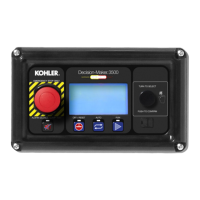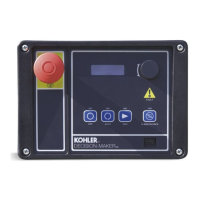7 — DIAGNOSTICS AND TROUBLESHOOTING
Curtis AC F2-A, F4-A, F6-A Motor Controllers – FOS 4.5 – April 2022 Return to TOC
pg. 200
Faults detected by VCL code (i.e., User 1-32 Fault) cannot be dened in Table 24 as they will vary
from application to application. OEM/Factory user faults are as dened by the user and documented
in the application’s VCL program. Each of the 32 User Faults can be assigned the controller’s dened
single or multiple fault actions, or take actions as dened by the User (VCL Program). Refer to the
appropriate OEM documentation for information on these faults.
All faults, VCL references (i.e., Fault_Name_Active) are assigned a value in VCL: 0, 1, or 2. Each
value has a specic meaning:
Main Contactor Did Not Close
Main_Contactor_Did_Not_Close_Active
0 = Never set.
1 = Fault has occurred in the Fault History menu.
2 = Fault is active, and is in the Fault History.
User_1_Fault_Active
CAN Emergency Messages — Active Faults
Emergency messages are high priority CANopen objects that indicate the controller (the transmitting
device) has detected or cleared a fault.
Emergency messages are sent at the occurrence of each new fault (they are not cyclic), but no faster
than the Emergency Inhibit Time parameter setting allows*.
If several faults occur within the Emergency Inhibit Time or faster than the controller can transmit
them, then they are stored in a queue and transmitted when possible.
When all active** faults are cleared, a nal Emergency message is sent indicating the “all clear” status.
Note that the “all clear” message is only sent if there were previous faults during this operational
period (key on). It is not sent upon startup.
e Emergency Message Identier
e Emergency message identier consists of the Standard Function code, EMCY, in the top four
bits. e bottom 7-bits of the message identier contain the device’s Node-ID.
Sync-Error Function code Node ID
11 10 9 8 7 6 5 4 3 2 1
0001b 0000001b – 1111110b
Emergency Message Data Bytes
Data 0 Data 1 Data 2 Data 3 Data 4 Data 5 Data 6 Data 7
Error Code Error
Register
Fault Record Object Index Fault Descriptor
Data Byte 0 & 1 – Error Code
e Error Code is a two byte construction where the MSB indicates the error category and the LSB
may contain a device specic code. e controller will report faults in these data bytes as:
0000h = All faults are cleared
FFXXh = e specic Fault Flash Code
62XXh = User Faults (1 – 32). As specified and implemented in the user/OEM VCL
and documentation.
* See Programmer: Application Setup » CAN Interface » Emergency Message Rate CAN_Open_Emergency_Inhibit_Time, 0x1015
0x00. The default is 16 ms.
** Not referring to the error log/fault history, but only faults that are currently active on the device.
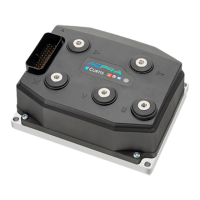
